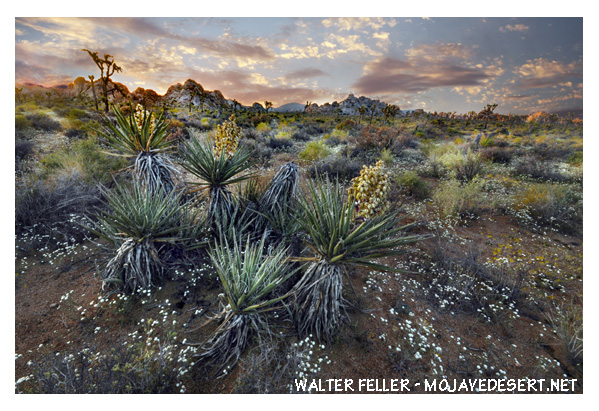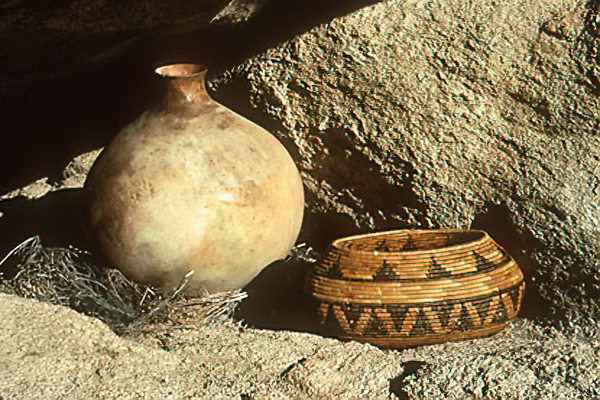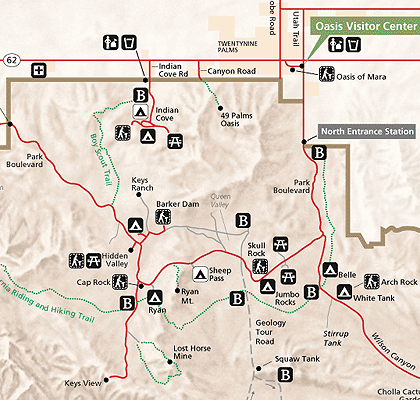Indian Cove

Indian Cove is a beautiful and popular area within Joshua Tree National Park, located in Southern California. Known for its striking rock formations and unique desert landscape, it's a favorite spot for rock climbers, hikers, and campers. The area offers a more secluded experience compared to other parts of the park and is easily accessible from the nearby town of Twentynine Palms.
Key Features of Indian Cove:
Rock Climbing: Indian Cove is renowned for its excellent climbing routes, suitable for various skill levels. The granite formations provide challenging and rewarding climbs.Hiking: There are several trails in and around Indian Cove, offering opportunities to explore the desert flora and fauna. The area is especially known for its scenic views and unique geological formations.
Camping: Indian Cove Campground is a popular spot with numerous campsites available. The campground provides a great base for exploring the area and offers stunning night skies for stargazing.
Wildlife: The region is home to diverse wildlife, including bighorn sheep, jackrabbits, and various bird species. It's a great place for wildlife enthusiasts to observe animals in their natural habitat.
Scenic Beauty: The desert landscape, characterized by Joshua Trees, cacti, and dramatic rock formations, provides a picturesque backdrop for photography and nature appreciation.
Whether you're into adventure sports or simply want to enjoy the serene beauty of the desert, Indian Cove in Joshua Tree National Park is a fantastic destination to explore.

Nature Trail
Indian Cove nature trail is a .6 mile loop beginning west of Indian Cove Campground. An easy trail with minimal gain/loss in elevation (20'-30') exploring a desert wash habitat.Indian Cove
Hundreds of years ago, here in Indian Cove, a land-locked bay in the Mojave Desert, Indian tribes such as the ...
Early Desert Dwellers
Small bands of Desert Indians lived seasonally in this and other areas of the park where food plants, animals ...
Jojoba Bush
Almost all desert animals nibble on jojoba bushes, enjoying their succulant, spineless ...
Desert Wash
A wash results when fast-moving water from flash floods fills low-lying channels on the desert floor. The scouring action of ...
Desert Partners
Instead of burrowing underground, the Desert Pack Rat may build mounds of vegetation under bushes or pile up a fortress of ...
Desert Willow
Needing more moisture than other desert plants, desert willows grow almost exclusively in ...
Desert Almond
This member of the rose family blooms in spring with small fragrant white flowers. In late summer, ...
Phainopepla
Most times of the year, you can see the handsome Phainopepla birds flying through the wash. The males are ...
Home is a Hole
The many holes you see in the ground along the trail were probably made by desert rodents. Round-tailed ...
Paperbag Bush
Much of the year, it is easy to identify this shrub by the paperbag-like seedpods dangling from ...
Desert Senna
Seeds of many desert plants do not sprout easily. Some need to be passed through the ...
Mojave Yucca
Growing abundantly in the high desert, this yucca resembles its larger relative, the Joshua tree ...
Cactus of Many Shapes
The jointed stems and branches of cholla cactus adapt well to hot, dry climates and furnish shelter for many ...
Creosote Bush
If you walk near a creosote bush shortly after a a rain, you will notice the distinctive odor of the ...
The Yucca and the Moth
Mojave yucca rely on the female yucca moth for pollination. The moth lays her eggs in the ...

Indian Cove is located 13 miles east of Joshua Tree Village and 10 miles west of Twentynine Palms on the north side of the Wonderland of Rocks. Indian Cove Road dead-ends at this secluded area.
A sprawling campground is enclosed by towering rock formations making the area popular with rock climbers. Many campsites are tucked around the rocks, providing naturalistic tent camping. Other sites offer space for RVs. There is a separate camping area for groups.
Campers register at the ranger station located at the entrace to the Indian Cove area. Water is also available there.
On the west side of the campground, the half-mile Indian Cove nature trail features the plants, animals, and seasonal Indian occupation of the area. A picnic area is located on the far eastern side of the campground.
Indian Cove is noted for the large number of mature Mojave yuccas and shrubs that grow there. Colorful spring blooms are especially striking against the sand-colored granite rocks.
Desert tortoise sightings are not unusual during spring and early fall, when they venture from their burrows. The area is also popular with birders, especially those wanting to see the elusive LeConte’s thrasher.
For backcountry campers, the Indian Cove backcountry registration board provides parking and the Boy Scout trailhead.
